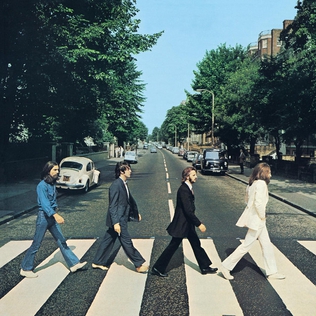This is a guest post from David Sportsman of Degree Jungle, a college student resource site.
Creating a more accessible and safer walking environment should be every locale’s goal. Seattle has realized how important it is to ensure the safety of its citizens ranging from students to professionals to senior citizens. People face several common pedestrian issues that are grouped as such:
- Safety and Security
- Crossing the Road
- Walking Along the Sidewalk
- Destinations/Locations
- Making a Change
Safety and Security
There are specific issues that can be addressed; motorists or drivers drive too fast around the campuses, and students or pedestrians steering clear of walking at night to avoid accidents. In addition, there are some pedestrian laws that are not followed or acknowledged by cyclists, pedestrians, and motorists on and around the campuses. Other issues involve a large number of crashes entailing pedestrians, and the lack of access for pedestrians with physical disabilities.
Crossing the Road
Although crossing the street is not seemingly a difficult thing to do, there are some issues that many motorists and pedestrians come across. There are a number of people that find it difficult to cross the streets or roads especially when the streets or roads are extremely busy. Fortunately, there are tools that can be used to improve the safety of pedestrians when it comes to crossing the street. The street or road crossing experience normally comes down to the behaviors of the motorists and the pedestrians.
In addition, it involves the crossing or intersection designs. The driving speed is just one of the many factors that influences the motorist’s behavior. It is safe to say that a motorist that drives his or her car slowly has more time to look around, react on time when he or she needs to, and to stop for pedestrians. When there are more students on the street, they enhance the motorists’ attentiveness.
Walking Along the Sidewalk
Moving along the sidewalks is one of the key components of a campus that are safe to walk on. The conditions of the sidewalks, as well as along the roads and streets influence the students’ comfort, safety, travel, orientation, and the community’s visual quality. Sidewalks that are blocked by poles, trees, trash bins or cars make it difficult for pedestrians to walk there. For this reason, it could be dangerous, especially when the street or road is busy and the students have to make use of the busy sidewalks. Sidewalks that are not properly maintained by the community are another issue that can influence the safety of pedestrians.
Destinations/Locations
Well kept destinations or locations encourage students to walk. Attractive campuses with beautiful trees, stunning blossoms with varied intoxicating scents, and perfectly manicured bushes will definitely encourage more students to walk, as opposed to areas with too many buildings, garages and parking lots around or nearby the campuses.
Making a Change
The pedestrian issues that many students around campuses face can be solved by discussing the issues with the campus officials or even with the community members in the surrounding neighborhoods. By working together, it makes it easier to care for and maintain the campuses, sidewalks, roads, and streets. It is advisable to discuss necessary funding that could improve or enhance the safety of students and pedestrians.
David Sportsman is an experienced freelance writer who has an extensive knowledge on a wide range of subjects. He contributes to Degree Jungle a college student resource site.







